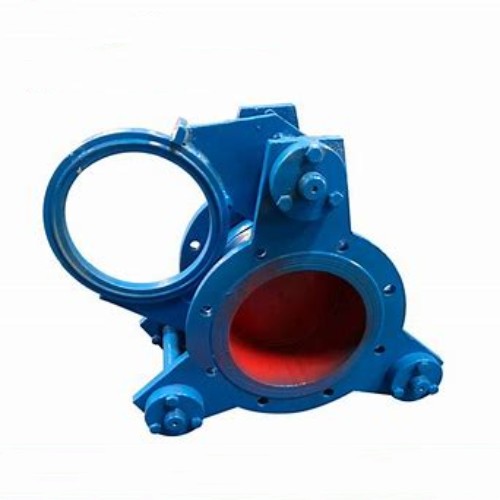Exploring the Benefits of Joint Expansion Rubber for Building Durability and Performance
Joint Expansion Rubber Enhancing Structural Integrity and Flexibility
In the realm of construction and engineering, the significance of accommodating thermal expansion and contraction cannot be overstated. Concrete and steel structures, while robust, are susceptible to variations in temperature, which can induce stress and lead to cracking if not properly managed. One effective solution to this problem is the use of joint expansion rubber. This innovative material serves as a vital component in expansion joints, providing both flexibility and protection for a multitude of structural applications.
Joint expansion rubber is specifically designed to absorb the movements caused by thermal expansion, seismic activity, and other environmental factors. These movements can be particularly pronounced in large structures, such as bridges, highways, and high-rise buildings, where gaps or joints are necessary to accommodate changes in length and volume. By incorporating expansion rubber into these joints, engineers can prevent damage and extend the lifespan of the structure.
The primary function of joint expansion rubber is to allow for relative motion between adjacent building elements while simultaneously preventing the ingress of water, debris, and other harmful substances. This dual role is critical in maintaining the integrity of the structure. For instance, in a bridge, expansion joints that use rubber can effectively manage the significant distance that occurs between bridge decks during temperature fluctuations. Without these joints, the stress concentrations could lead to structural failure, resulting in costly repairs and potential safety hazards.
Joint expansion rubber comes in various forms and compositions, tailored to meet specific environmental conditions and application requirements. Common materials used in manufacturing expansion rubber include elastomers like natural rubber, neoprene, and silicone. Each material offers unique properties such as elasticity, durability, and resistance to wear and weathering, which are essential for the longevity of the joints. The choice of material often depends on factors such as the expected temperature range, exposure to chemicals, and the need for fire resistance.
joint expansion rubber

Moreover, the installation of joint expansion rubber is critical to its performance. Proper installation techniques ensure that the rubber maintains its integrity and effectiveness over time. This involves accurate sizing of the joint to accommodate expected movement, along with detailed attention during the application process to ensure a secure fit. Engineers and construction teams must work closely to determine the optimal design and installation methods for each specific project.
The benefits of utilizing joint expansion rubber extend beyond the immediate structural advantages. Cost savings can be realized through reduced maintenance and a decreased likelihood of repair work due to water damage, cracking, or other issues that arise when expansion is not properly managed. Additionally, the use of high-quality expansion rubber materials can significantly improve the aesthetic appeal of a structure, creating smooth, seamless joints that do not detract from the overall design.
As technology and materials science continue to advance, the development of joint expansion rubber is evolving, offering even greater performance and durability. Innovations in polymer technology have led to the creation of advanced composites that enhance the properties of traditional rubber materials, resulting in solutions that can withstand extreme weather conditions, prolonged exposure to UV light, and chemical agents. Engineers and architects are increasingly turning to these advanced materials to address the challenges posed by modern construction demands.
In conclusion, joint expansion rubber plays a crucial role in ensuring the safety, durability, and aesthetic appeal of various structures. By effectively managing thermal expansion and contraction, this specialized material helps engineers and architects create safer, longer-lasting buildings and infrastructures that can withstand the rigors of daily use. As construction practices evolve, the continued development and application of joint expansion rubber will undoubtedly remain integral to achieving structural excellence.
-
3-types-of-check-valves-maintenance-tipsNewsAug.23,2025
-
ball-valves-types-with-trunnion-mounted-designNewsAug.23,2025
-
butterfly-valve-company-production-capabilitiesNewsAug.23,2025
-
fisher-globe-valve-technical-specificationsNewsAug.23,2025
-
types-of-gaskets-for-flanges-selection-guideNewsAug.23,2025
-
wedge-gate-valve-suppliers-quality-standardsNewsAug.23,2025
-
Breakthrough in Domestic Low Temperature Valve Technology in ChinaNewsAug.18,2025




